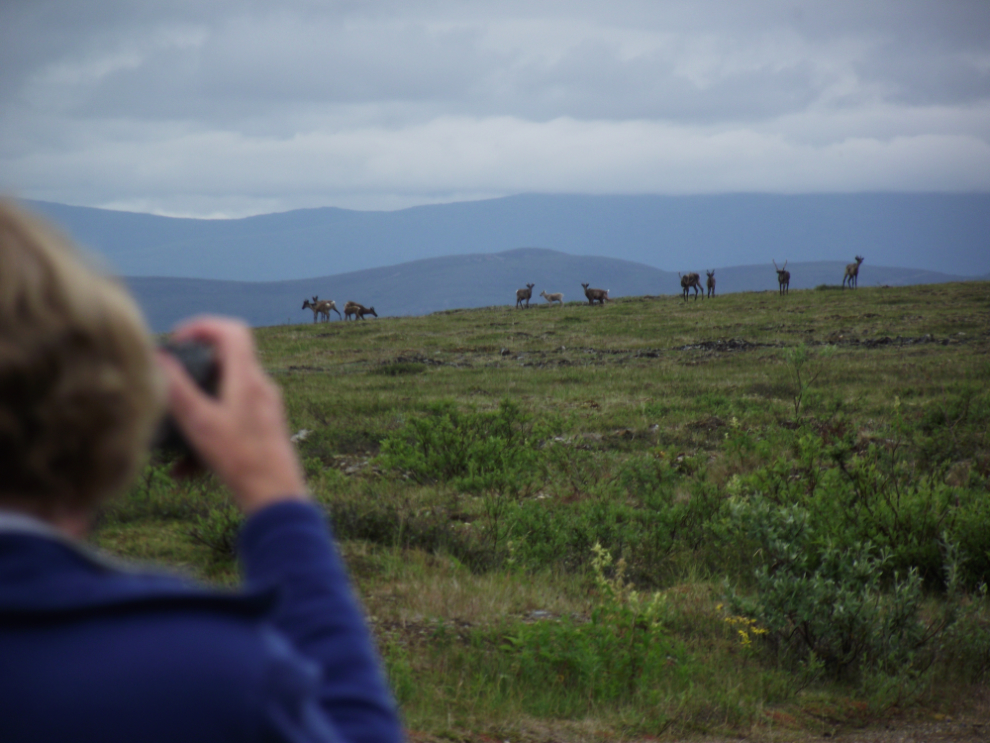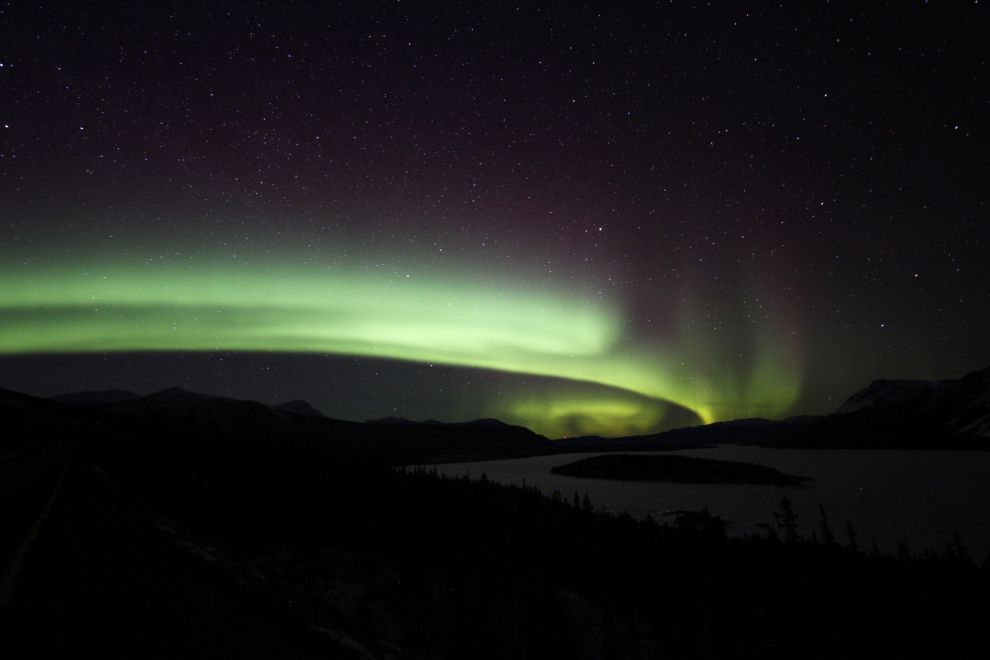Deceiving visitors
With the Internet and the proliferation of guide book publishing in the modern world, it’s tougher than it used to be to deceive visitors. To some degree, people have the ability to research to see if claims about certain visitor services and attractions are true. Unfortunately that’s not always the case, though, and an email I got from Manitoba a couple of weeks ago brought the ugly part of tourism into clear focus again. A Web site that JP Gosselin built at http://yukonstonereviews.weebly.com/ [archived by the Wayback Machine] documents a moose hunt taken last year with Yukon Stone Outfitters. I sometimes hear from whiners who had unrealistic expectations or demands, but the way JP has his facts set out, it seems clear where the problem lies.
When Cathy and I were in New Zealand we got burned on a dolphin swim excursion – our only bad experience during the whole month, I hasten to add. That excursion is briefly documented at my Explore New Zealand site. Unlike JP, we only wasted a few hours and a couple of hundred dollars rather than a week and 12 grand, but it still nags because we’d been looking forward to this excursion for months.
I see deceitful excursion descriptions all the time. Some operators get greedy – telling people what the actual odds of them catching a trophy King, or of seeing dolphins, moose, bears, Fall colours or the Northern Lights would cost them business, so they don’t. Yes, there’s a short-term gain for the operator, but at what cost – to the operator and to the entire region?
Many people were disappointed by the weather in Alaska and the Yukon this summer. While we can’t control the weather or associated problems such as limited visibility due to forest fires, we can control the information we pass on to potential visitors as the truth, and we can hopefully influence the “truth” that others are presenting.

